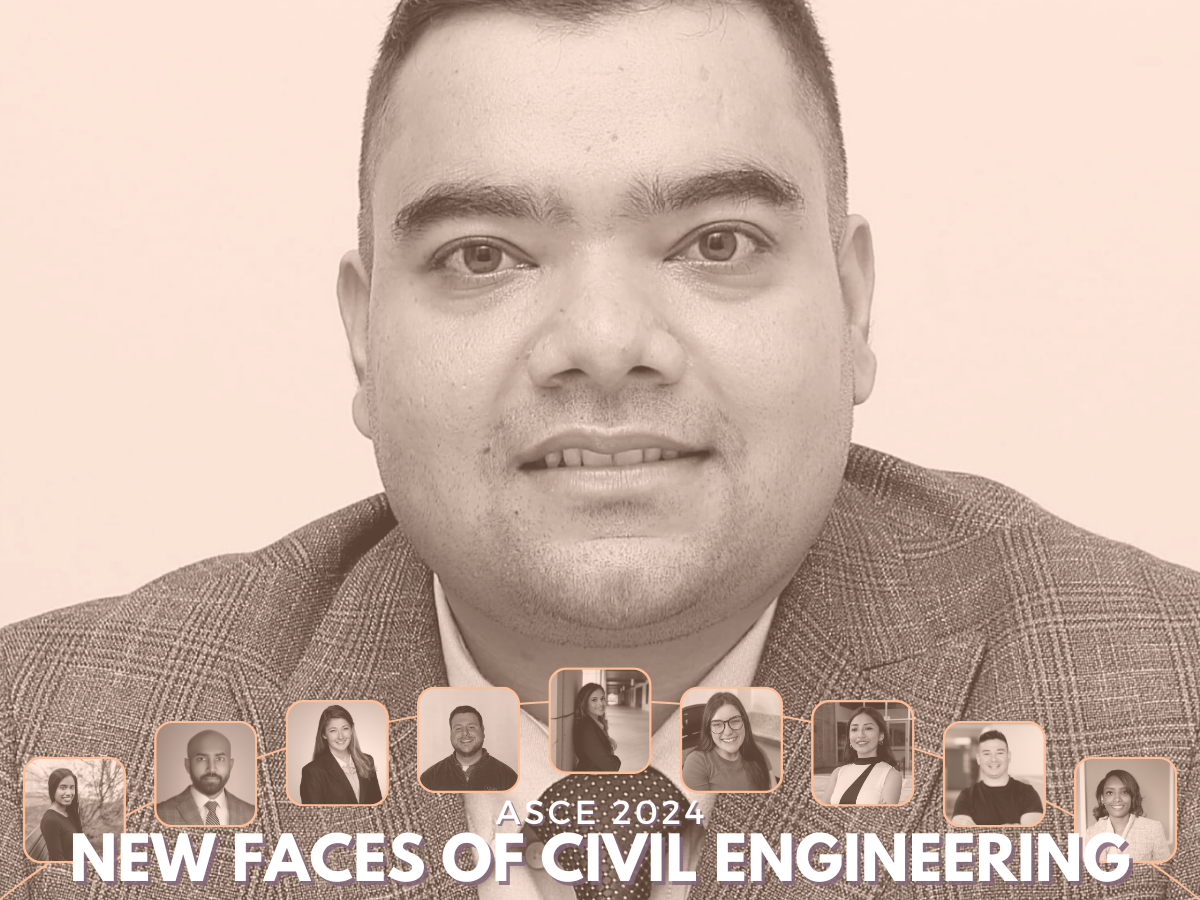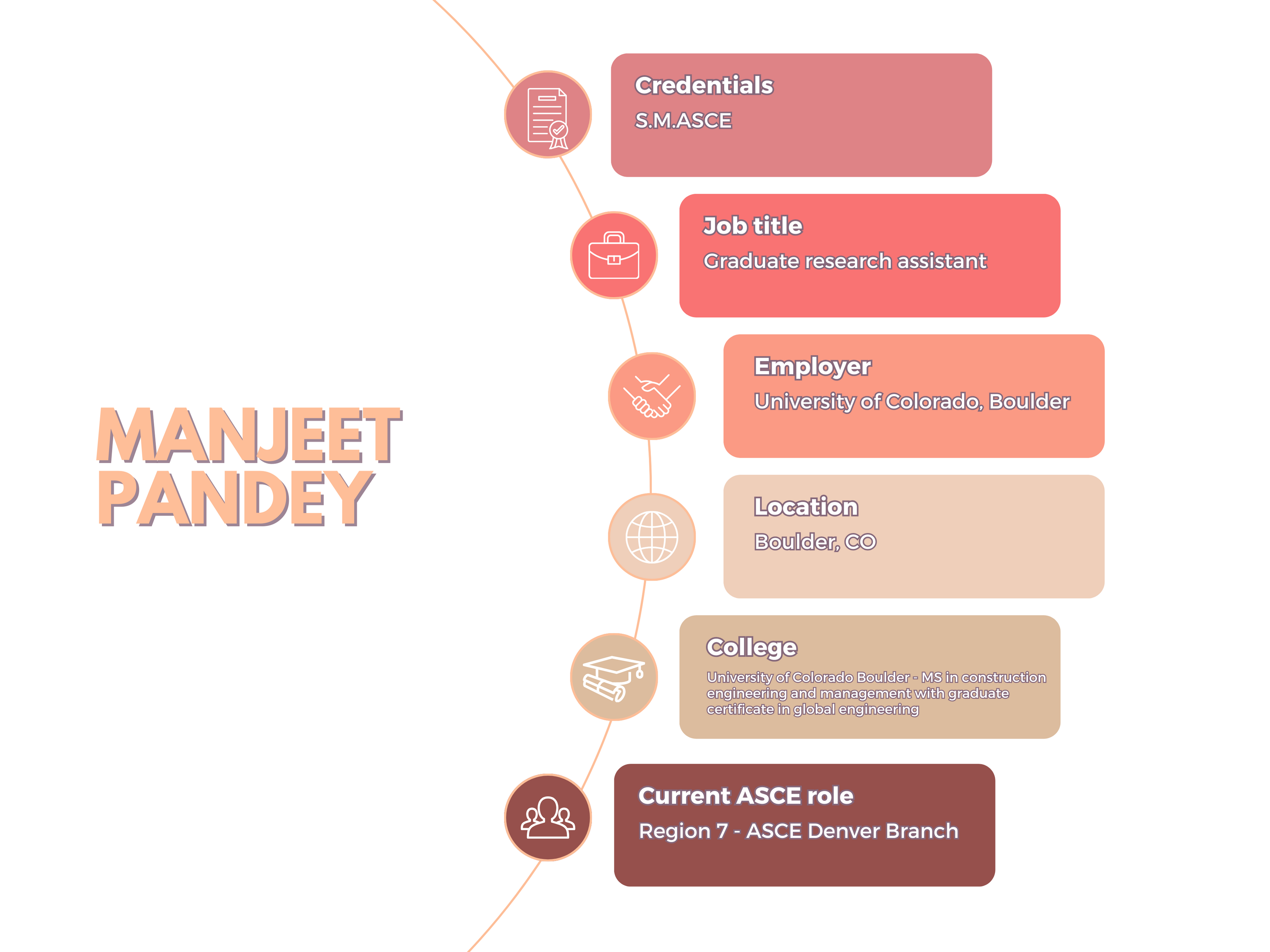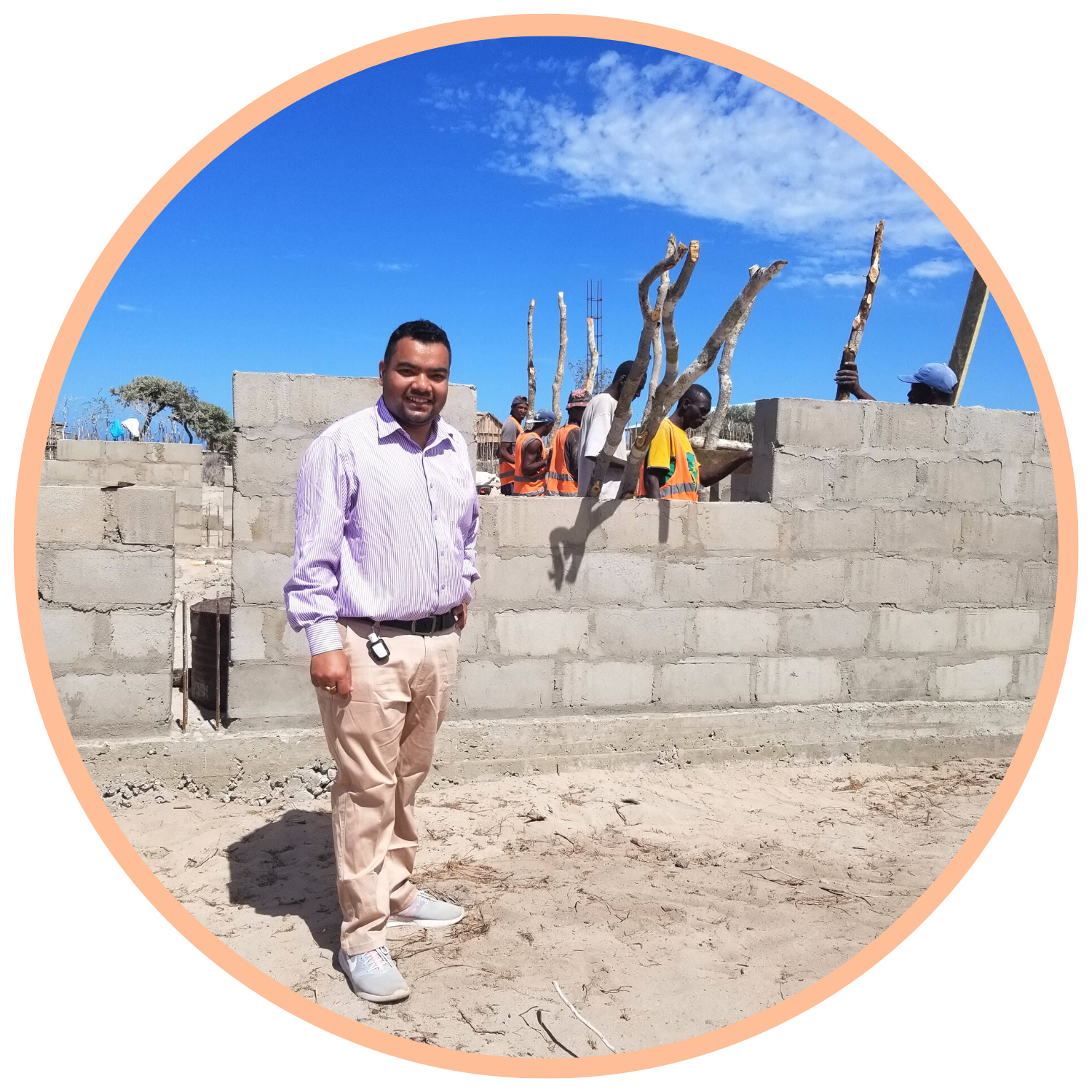

Sometimes no matter how much you know it’s even more important to look the part.
Fresh out of college and suddenly installed as a construction project manager amid recovery efforts following the 2015 Nepal Earthquake, Manjeet Pandey needed to add a look of wisdom to his youthful 21-year-old face.
“At first, it was difficult for me to make people realize that I was leading a big construction project for a renowned and established international NGO. The other project leaders were quite senior and very experienced in their fields,” Pandey said. “And to be honest, my face looked really young, like a child. So, after feeling that I was not being taken seriously, I decided to change things, and it started with my get-up.”
Pandey grew a beard to get distinguished. Then he raided his father’s wardrobe for a suit to get sophisticated.
And it worked.
Pandey led the team of engineers and public health professionals to construct 21 community hospitals in his home country of Nepal. All by the time most of his peers were graduating from college.
ASCE has honored Pandey as a 2024 New Face of Civil Engineering.
Pandey felt called to the relief work literally the day he was taking his final undergraduate exam at his university in Jaipur, India. There, the students felt the tremor as a 7.8 magnitude earthquake struck Nepal nearly 700 miles to the northeast.
Fortunately, Pandey’s family weren’t among the 9,000 casualties, but he returned home immediately, hoping to contribute in whatever way he could to help his country.
Quickly, “whatever way he could” became a leadership role with the International Medical Corps. IMC had initially hired him as a proect engineer; he quickly rose through the ranks and soon was leading the entire construction project. So Pandey – wearing his father’s suit – stepped up to lead the recovery.
“It was not something that I asked for but something that I got and had to do,” Pandey said. “And I took that responsibility with great sincerity.
“I worked for the people in the communities, because we were building hospitals and if hospitals are not built on time, then people die. That’s how I thought about it.”
After completing the health post reconstruction project with IMC Nepal, Pandey went on to work with the United World Schools organization to build 72 new schools in Nepal and, later, 30 more schools in four other countries worldwide.
He’s now in the United States, pursuing his master’s degree in civil engineering at the University of Colorado, Boulder.
Pandey recently spoke with Civil Engineering Source about his career.

Civil Engineering Source: What’s the accomplishment or aspect of your career so far that you’re most proud of?
Manjeet Pandey: This question struck me because I was thinking about, of the many institutions that that I helped construct, which one am I most proud of?
In general, when I was looking back to what we were able to achieve, I would say I was proud of everything that was built, because all these facilities directly contributed to the betterment of people in the communities.
Throughout my professional career, I have been involved only in community development works. The infrastructure that I've built was community hospitals, schools, water supply units, trail roads, and smaller trail bridges.
So yeah, I would say I’m proud of everything that I have done, because all my accomplishments have directly contributed to the betterment of people living in rural and underprivileged areas.
Source: What do you remember about those early days being there to help right after the earthquake?
Pandey: The first village I went to when I joined IMC was in a very remote area, near the epicenter of earthquake in the Gorkha District. We had to walk for hours to get to that village. It was called Saurpani.
And everything was flat. I don't remember seeing a single standing building. There were lots of tarps, temporary shades, and tents, where people were living. I remember thinking this is going to be a very dire situation and difficult with the people there. We had some stuff to distribute, and I thought the people would crowd us and take everything. But that didn’t happen.
The people who came up to us were asking, “What do you want to eat? Can I get you something to drink?”
I was awestruck by how they approached us, the smiles on their faces and their gratitude toward us for being there to help them recover.
That inspired me and still does when I think about it. Like any other professionals, I’ve gone through adversity since then in my career – things like a contractor not performing well. So if I get upset, I think about those people in Nepal who had nothing, but still they were offering something.
They had no home, no roof above them. And they’re being very kind to visitors, offering us food. That’s what I remember.
Source: Why was prioritizing this kind of community development work so important to you?
Pandey: The projects that I led in the rural communities have been more than professional commitments for me. It's been a journey of realization of what impact we can make in the lives of people as a professional engineer and collectively as a team.
Seeing the happiness in the faces of the people, especially children, who have benefited from this construction, that has been very important for me.
Source: What are you hoping to give back to the profession?
Pandey: I aim to make a meaningful contribution to the civil engineering profession by prioritizing social justice in my work. Beyond mere numbers and calculations, civil engineering profoundly influences the daily lives of billions. I am committed to advocating for projects that prioritize equity, innovation, and sustainability. My focus is on sustainable construction practices that not only meet technical standards but also address social and environmental concerns.
Furthermore, as I approach the latter periods of my career I will focus on mentoring the next generation of civil engineers, instilling in them a devotion toward professional ethics and social responsibility while delivering projects. Through sharing knowledge and providing guidance, my aim is to inspire these professionals to actively contribute to a future that is not only equitable but also sustainable.



